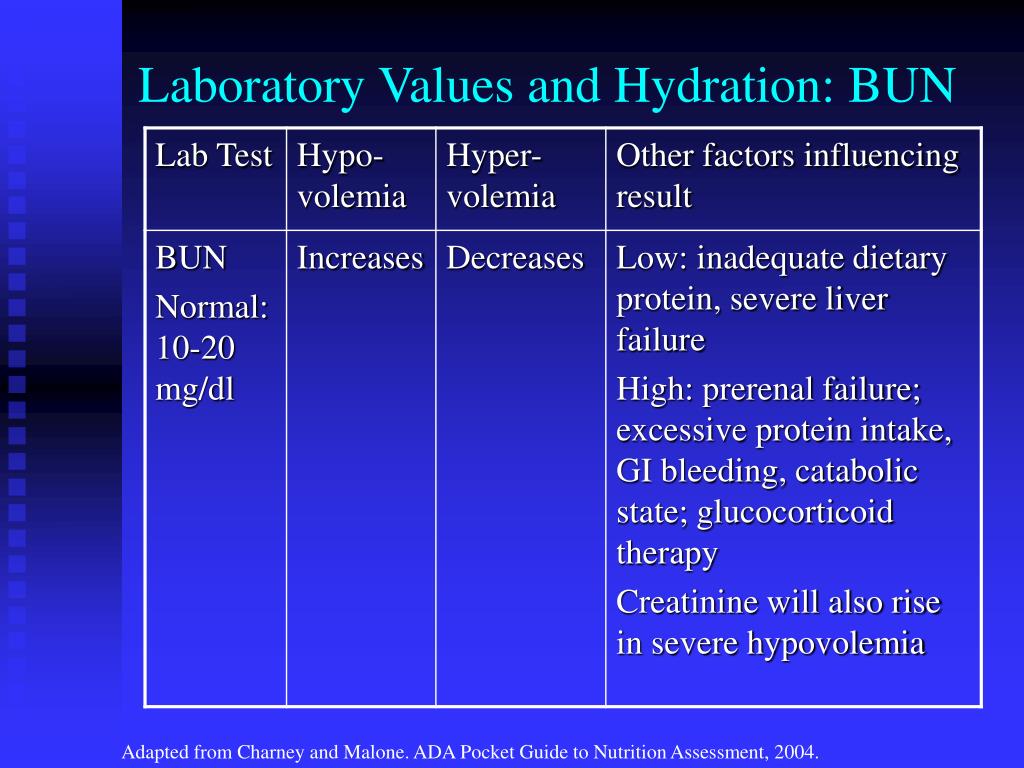

Lastly, survival at discharge was significantly lower in dogs diagnosed with RA at presentation. Several signalment and clinicopathological findings were found to be associated with the presence of RA, including older age, and the presence of collapse, hypoglycemia, hyperphosphatemia, cerebral babesiosis, and acute respiratory distress syndrome. In contrast, when diagnosis of RA was based on an admission USG < 1.030, only 23% (6/26) of the azotemic dogs would have been considered to have RA. The occurrence of RA was 14% (21/152), hence 81% (21/26) of all azotemic dogs were diagnosed with RA. One hundred and fifty-two dogs were included, of which 26 (17%) were azotemic at admission. Differences between dogs with RA and dogs without RA were assessed by nonparametric statistics. Urine osmolality was measured to identify dogs with RA. Client-owned dogs that were diagnosed with babesiosis caused by Babesia rossi, were included if a complete blood count, biochemistry profile, and urinalysis was performed at admission. Medical records available from 3 previously performed prospective data collections were reviewed retrospectively. The second objective was to examine potential associations between the presence of RA and selected clinical and laboratory variables at presentation. This cross-sectional study aimed to test the hypothesis that renal azotemia (RA) is underdiagnosed according to current canine babesiosis literature by determining its occurrence at presentation, using urine osmolality instead of USG to measure urinary concentration. Furthermore, interpretation of urine specific gravity (USG) to assess renal concentrating ability is hampered by the frequent presence of hemoglobinuria in this disease. The occurrence of acute kidney injury in canine babesiosis is not well documented.

In pathological urines, direct measurement of urine osmolality should be used. Pathological urines had significantly poorer correlation between USG and osmolality than "clean" urines. For an increase in SG of 0.010, predicted osmolality increases by 182 mosm/kg/H(2) O for the reagent strip and 203 mosm/kg/H(2)O for refractometry. At a pH of 7 and with an USG of 1.010 predicted osmolality is approximately 300 mosm/kg/H(2)O for either method.

The variables affecting the correlation included pH, ketones, bilirubin, urobilinogen, glucose, and protein for the reagent strip and ketones, bilirubin, and hemoglobin for the refractometry method. This study demonstrated that USG obtained by both reagent strip and refractometry had a correlation of approximately 0.75 with urine osmolality. The relationships were analyzed by linear regression. The other variables considered were pH, protein, glucose, ketones, nitrates, bilirubin, urobilinogen, hemoglobin, and leukocyte esterase. Urinalysis data on these subjects were used to determine the correlation between USG and osmolality, adjusting for other variables that may impact the relationship. Out of these, 253 USG's were measured by automated refractometry and 251 USG's were measured by reagent strip. Using our laboratory's records, we retrospectively gathered data on 504 urine specimens on patients on whom a simultaneously drawn USG and an osmolality were available.

We studied the correlation of USG obtained by either method with a concurrently obtained osmolality. USG is measured either by refractometry or by reagent strip. Urine specific gravity (USG) is often used by clinicians to estimate urine osmolality.


 0 kommentar(er)
0 kommentar(er)
